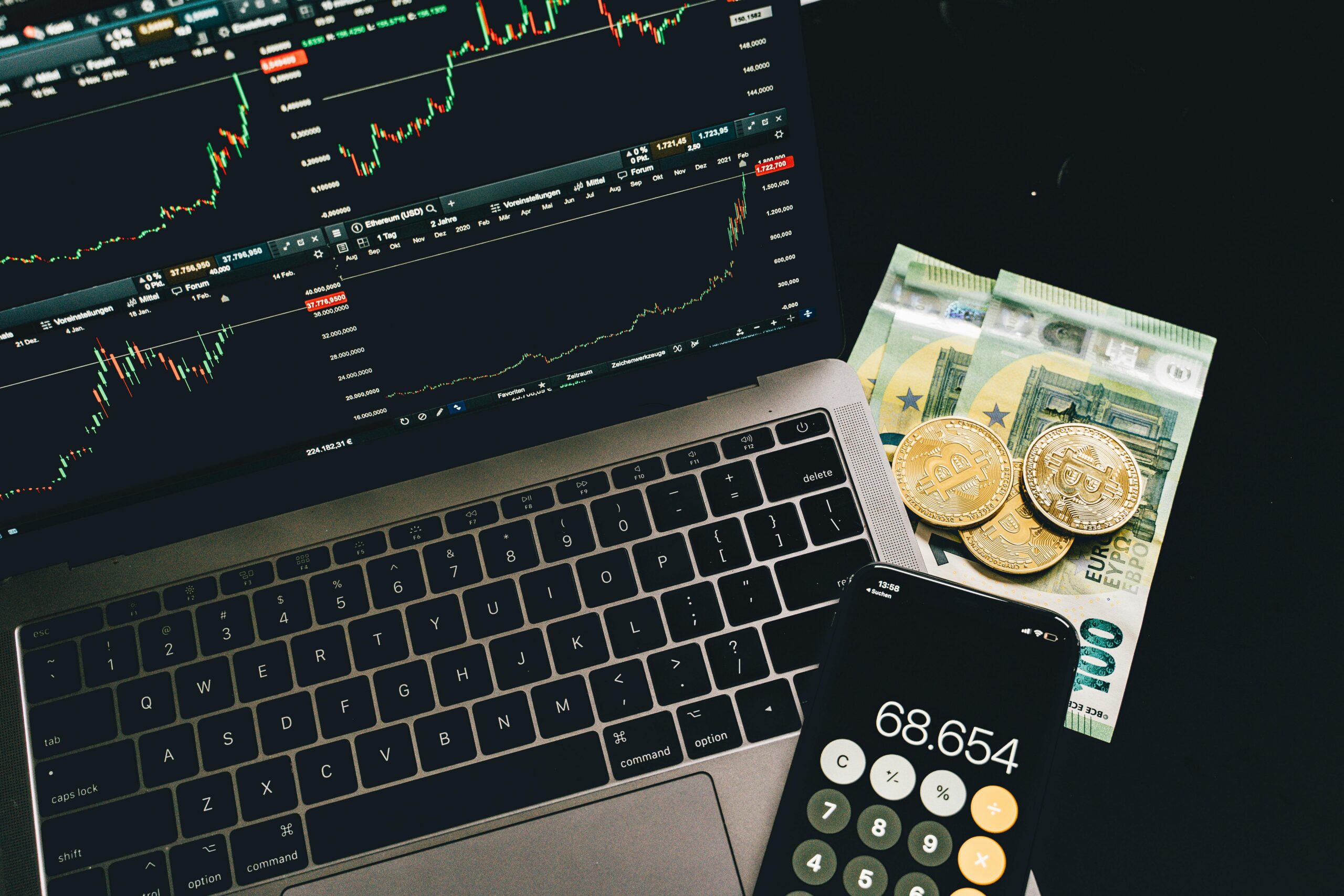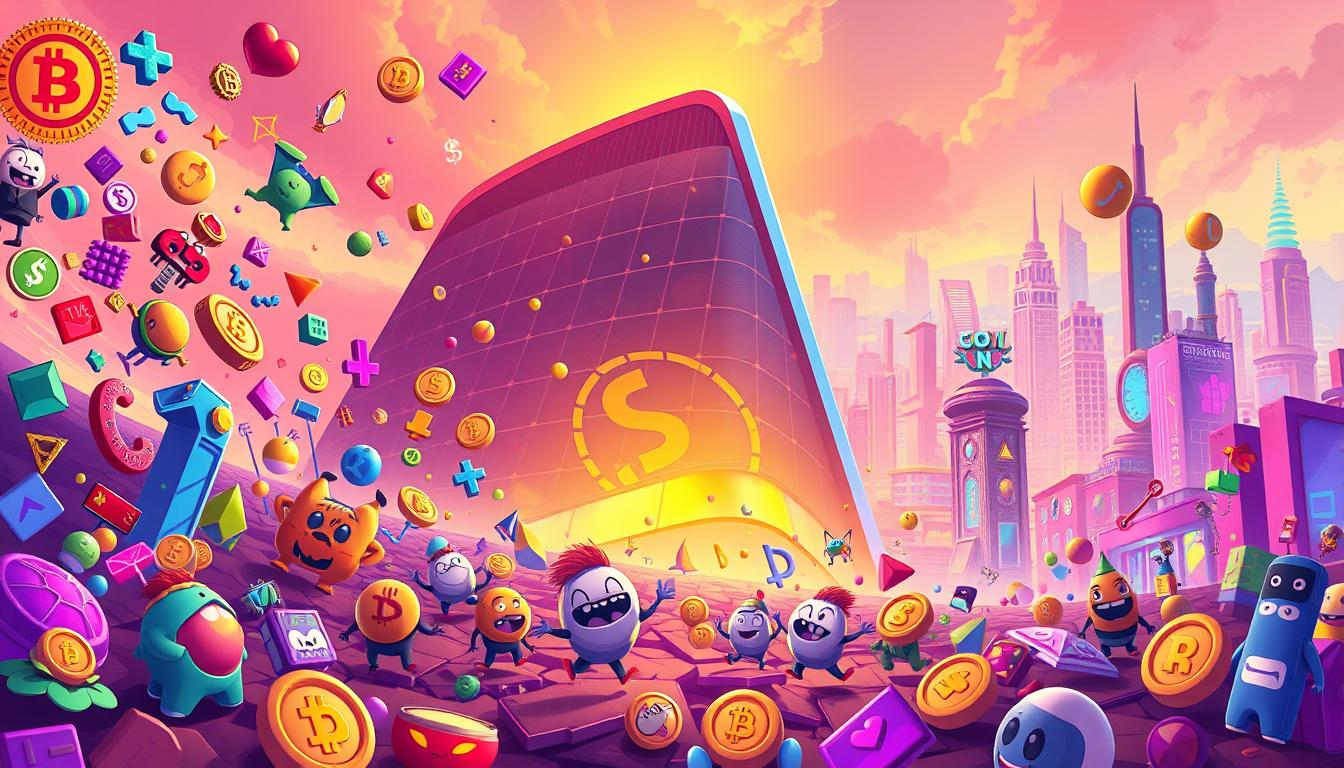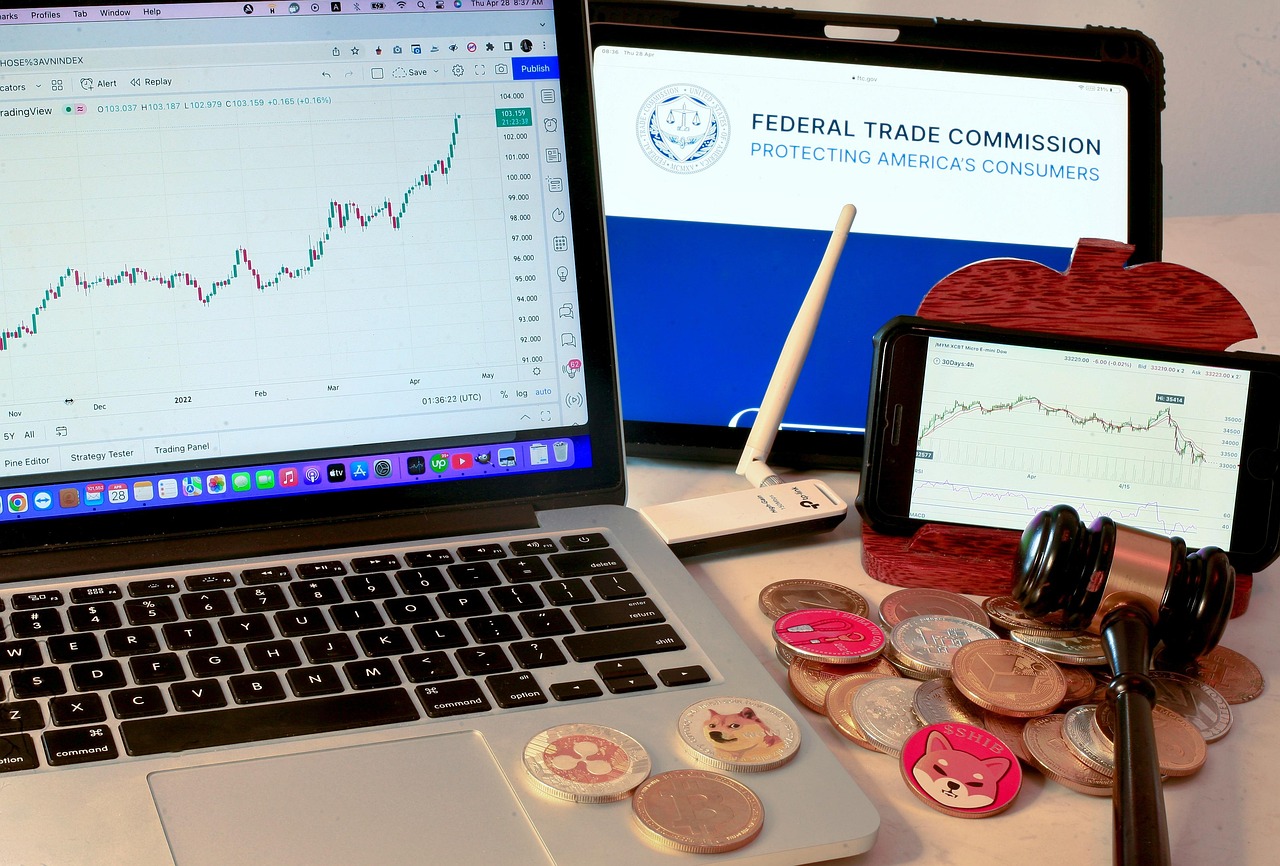Why Everyone Talks About Bitcoin Halving
Every few years, the entire crypto world holds its breath for one key event: Bitcoin Halving. It’s not just technical jargon it’s a powerful moment that can impact Bitcoin’s price, miner profits, and the global crypto market.
If you’re new to crypto or planning your next Bitcoin investment, understanding halving is essential. It’s one of the biggest forces shaping Bitcoin’s supply and long-term value.
What is Bitcoin Halving?
Definition of Bitcoin Halving
Bitcoin Halving is a built-in event in the Bitcoin blockchain where the rewards given to Bitcoin miners are cut in half. This happens approximately every four years.
For example, in 2009, miners earned 50 BTC per block. After three halvings, they now earn 6.25 BTC per block, and soon it will become 3.125 BTC.
When and How Often It Happens
Bitcoin halving occurs every 210,000 blocks—roughly every four years. The next one is expected in April 2024, but the exact date depends on block production speed.
Why It Was Created
Bitcoin’s creator, Satoshi Nakamoto, included halving to make Bitcoin a deflationary asset—like gold. Unlike fiat money that can be printed endlessly, Bitcoin has a fixed supply of 21 million coins.
By cutting supply every few years, Bitcoin becomes more scarce over time.
How Bitcoin Halving Works
The Mining Reward System
Miners validate Bitcoin transactions and add them to the blockchain. In return, they earn block rewards—which are the “new” Bitcoins entering circulation.
Currently, they earn 6.25 BTC per block.
Halving: What Actually Happens?
When halving happens:
- Miners receive 50% fewer Bitcoins for the same amount of work
- Fewer new Bitcoins enter the market
- The rate of inflation slows down
Timeline of Past Halvings
| Year | Block Reward | Total Supply at Time | Price at Halving |
|---|---|---|---|
| 2012 | 25 BTC | ~10.5 million BTC | ~$12 |
| 2016 | 12.5 BTC | ~15.7 million BTC | ~$650 |
| 2020 | 6.25 BTC | ~18.4 million BTC | ~$8,600 |
How It Affects Supply and Miners
- Miners earn less BTC but may benefit from higher prices later
- New BTC issuance slows, reducing market supply
- This scarcity often leads to bullish sentiment among investors
Why is Bitcoin halving important?
Bitcoin halving is important because it directly impacts the supply of new Bitcoins, making the cryptocurrency more scarce over time and scarcity often drives value. Bitcoin halving matters because it affects supply, price potential, miner behavior, and market confidence making it one of the most significant events in the crypto world. Here are the key reasons why it matters:
1. Reduces Bitcoin Inflation
Halving cuts the reward for mining Bitcoin in half, slowing the rate at which new coins are created. This limits inflation and protects Bitcoin’s value long-term.
2. Increases Scarcity
Bitcoin has a hard cap of 21 million coins. Halving ensures that fewer Bitcoins enter circulation, making the asset more scarce—and potentially more valuable.
3. Can Influence Price
Historically, Bitcoin prices have increased significantly after each halving event due to reduced supply and growing demand. While not guaranteed, this has made halving a major event for investors.
4. Impacts Mining Economics
Miners receive fewer rewards, which pressures them to become more efficient. It may also reduce the number of miners, affecting network security and decentralization in the short term.
5. Drives Market Sentiment
Halvings often generate media buzz and investor excitement. This can lead to increased adoption and bullish sentiment across the crypto market.
6. Supports Bitcoin’s Deflationary Design
Unlike fiat currencies, which can be printed endlessly, Bitcoin’s halving mechanism reinforces its role as “digital gold”—a deflationary, scarce asset.
Historical Impact of Previous Halvings
A Look at the 2012, 2016, and 2020 Events
After each halving:
- Bitcoin saw major price increases within 12–18 months
- Public interest spiked
- Mining difficulty and hash rate increased
Bitcoin Price Before and After Each Halving
| Halving Year | Price 1 Year After | % Growth |
|---|---|---|
| 2012 | ~$1,100 | +9,000% |
| 2016 | ~$19,000 | +2,800% |
| 2020 | ~$65,000 | +650% |
📈 Note: Past performance doesn’t guarantee future results.
Market Reactions
- Increased Google searches for Bitcoin
- Surge in media coverage and social media buzz
- Many retail investors joined due to FOMO (Fear of Missing Out)
Changes in Mining Activity
- Hash rate (computational power) often dips briefly
- Then stabilizes as miners upgrade to efficient hardware
- Network becomes more secure and competitive
What to Expect During the Upcoming Bitcoin Halving
When Is the Next Halving?
Expected around April 2024 (Block #840,000).
What Will Change?
- Mining reward will drop from 6.25 to 3.125 BTC
- Less new Bitcoin entering circulation
- Greater scarcity effect on supply and demand
Will the Price Go Up?
Possibly but it’s not guaranteed.
- Some analysts expect a bull run by late 2024 or early 2025
- Others warn the event is already “priced in”
Effects on Miners
- Smaller miners may shut down if profits fall
- Larger miners may upgrade their equipment
- Mining could become more centralized
Why Bitcoin Halving Matters
1. Bitcoin Becomes Scarcer
Halving reduces the supply of new coins, making Bitcoin more scarce—and scarcity often drives demand.
2. Slows Down Inflation
Bitcoin’s inflation rate drops with every halving, unlike fiat currencies that lose value over time due to money printing.
3. Boosts Investor Confidence
Bitcoin halving is a predictable event, reinforcing trust in its long-term design.
4. Affects the Entire Crypto Market
When Bitcoin rises, altcoins often follow. Halving can kickstart a new bull market across the board.
How Investors Can Prepare
1. Build a Strategy
- Consider accumulating Bitcoin before the halving
- Set profit-taking targets
- Rebalance your crypto portfolio
2. Avoid the Hype
Don’t fall for hype coins or social media pump groups. Stick to fundamentals.
3. Track Key Metrics
Use tools like:
- Glassnode or CryptoQuant for on-chain analysis
- CoinMarketCap or CoinGecko for price tracking
4. Diversify Your Investments
Don’t go all in on Bitcoin. Consider:
- Ethereum
- DeFi tokens
- Stablecoins for passive income
Common Myths About Bitcoin Halving
“The Price Always Explodes After Halving”
Price usually rises—but not immediately. It may take months.
“Miners Will Quit”
While some miners may leave, most upgrade their machines and continue.
“Halving Causes Immediate Spikes”
Reality: Prices often move before or months after halving, not on the exact date.
Risks and Challenges Post-Halving
1. Miner Profitability
Some miners may struggle, especially if Bitcoin price doesn’t rise.
2. Higher Transaction Fees
If fewer miners stay, blocks may be slower, leading to higher network fees.
3. Volatility
Sharp market moves can cause emotional trading and mistakes.
4. Macro Events
Global issues like recession, regulations, or interest rate hikes can overshadow halving effects.
Long-Term Outlook After Bitcoin Halving
1. Bitcoin as a Deflationary Asset
As supply tightens, Bitcoin could behave more like digital gold—preserving value over decades.
2. Institutional Growth
More banks, funds, and corporations are entering Bitcoin, giving it long-term strength.
3. Long-Term Models
Many analysts use the Stock-to-Flow (S2F) model, which predicts higher prices over time due to Bitcoin’s decreasing supply.
Conclusion
Bitcoin Halving is one of the most important and unique events in the cryptocurrency world. It affects:
- Miners’ rewards
- Bitcoin’s supply
- Investor behavior
- Market prices
Whether you’re a seasoned investor or a beginner, understanding halving can help you make smarter investment decisions.
FAQs
1. How often does Bitcoin Halving occur?
Every 210,000 blocks, roughly every 4 years.
2. Will Bitcoin’s price always increase after halving?
Historically yes, but not guaranteed. Always assess market conditions.
3. How does halving affect miners?
They earn 50% fewer BTC, but may benefit from higher Bitcoin prices over time.
4. Can halving crash the market?
Unlikely. It may cause short-term volatility, but long-term trends depend on supply, demand, and global markets.
5. Is Bitcoin Halving good or bad for investors?
It depends. Halving often increases Bitcoin’s scarcity, which can benefit long-term holders.
Disclaimer
This article is for educational purposes only and should not be considered financial advice. Cryptocurrency investments are highly volatile and risky. Always do your own research (DYOR) and consult a licensed financial advisor before making investment decisions.



